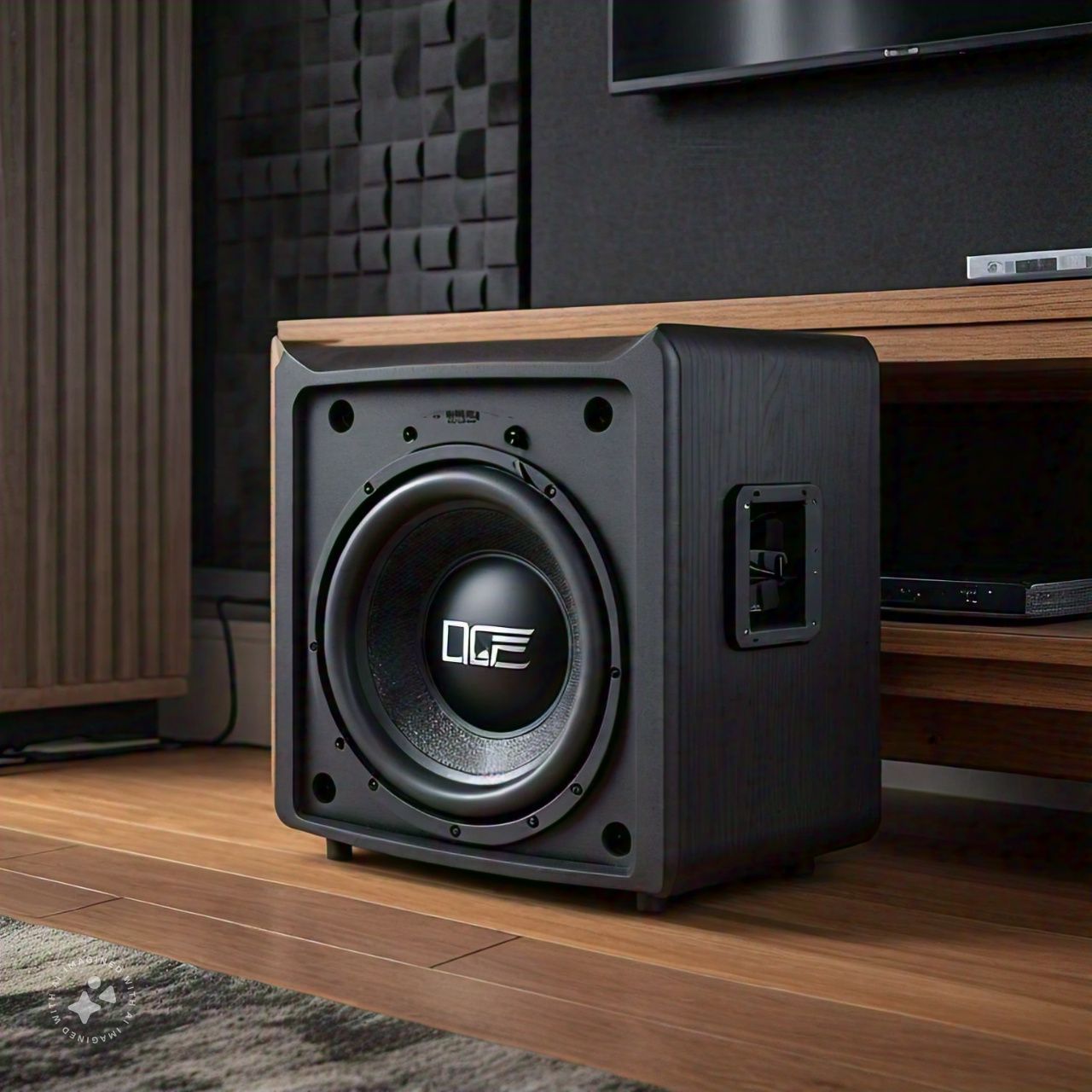For any respectable audio system, subwoofers are crucial to the deep bass that makes your music and movies come alive. To newcomers, technical specifications could be a little overwhelming. This guide will explain the main features of a subwoofer—including frequency response, sound pressure level, sensitivity, power handling, driver size, impedance ratings, enclosure type, and voice coils—to ensure you get the best subwoofer.
Frequency Response
Frequency response is the range of frequencies that a subwoofer can produce, given in Hertz. A sub with a wide frequency response can accommodate very low bass and higher bass notes. A subwoofer with a response of 20Hz to 200Hz will give much deeper and more varied bass notes than one that has a narrower range. The wider the range of frequency response, the fuller and richer the audio experience, from the rumbling of low-end effects to the punch in the higher bass notes.
Sound Pressure Level (SPL)
SPL is the measurement of how loud sound can get, and the most common way is by decibel ratings. Higher SPL ratings mean a louder subwoofer. For example, a sub with an SPL of 90 dB will play louder than another with an SPL of 85 dB with the same input power. The other important thing to consider when considering your subwoofer is the type of listening environment and your preference for the level of volume. Higher SPLs are most useful for large rooms or home theatres where one wants to get impactful, room-filling bass.
Sensitivity
The sensitivity tells you just how efficient your subwoofer is at converting power—watts—into volume, as measured in decibels. It is usually expressed in terms of dB/W/m. A higher-sensitivity subwoofer requires less power to produce the same volume as a lower-sensitivity subwoofer. For example, a sub with a sensitivity of 92 dB/W/m is more efficient than one with 88 dB/W/m, meaning it will play louder with less power. High sensitivity is advantageous for maximising volume without upgrading your amplifier.
Power Handling (RMS and Peak)
Power-handling capacity shows how a subwoofer handles electrical power. RMS power handling measures the power a subwoofer can handle for long periods of time. Peak power handling refers to the maximum power a subwoofer can handle in short bursts. For example, a subwoofer rated to run at 300 watts RMS and 600-watt peak can run at 300 watts continuously without experiencing any problems and also be able to sustain 600-watt peaks for very small moments. RMS ratings are crucial for everyday applications since they make sure that the subwoofer can function without distortion or damage.
Driver Size
The driver is the part of the subwoofer that moves to produce sound. Driver size, measured in inches, affects the volume and quality of bass produced. Larger drivers—measured in inches—can move more air and will produce more volume and a deeper bass. Larger drivers can, however, require more power and space. Smaller drivers can produce tight, accurate bass but might not deliver the same depth and volume. Driver size is a consideration dependent on your available space and desired level of bass.
Impedance Ratings
Impedance refers to the resistance a subwoofer gives to the flow of electrical current. We measure impedance in ohms. The most common impedance ratings are 2 ohms, 4 ohms, and 8 ohms. The lower impedance subwoofer, like 2 ohms, draws more power from the amplifier, which makes it produce a louder sound, but you will also need a more powerful amplifier. Higher impedance subwoofers, like 8 ohms, draw less power, thus making them easier to drive, but possibly quieter in sound. The impedance of a subwoofer has to match the amplifier’s specifications for optimal performance and compatibility in the system.
Enclosure Type
The enclosure type is very important to the subwoofer’s sound quality. Sealed enclosures are among the common types and deliver: Sealed enclosures are tight, accurate bass along with a smooth roll-off. They are compact and perfect for those music enthusiasts who want precise sound. Ported enclosures have a vent or port, which increases bass output. They’re louder than sealed enclosures and are more appropriate for home theatres or larger rooms. The bandpass enclosures combine a sealed and ported design to produce very loud bass at given specific frequencies. These are often used in car audio systems.
Knowledge of these technical features will help you choose just the right subwoofer to suit your needs, ensuring the best sound quality and compatibility with your audio equipment. Knowing these specs will point you directly to just the sub you want for your system, whether you need very low bass, very high volume, high efficiency, or versatility.
